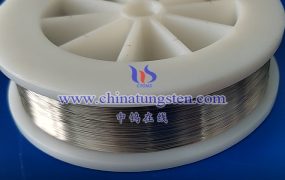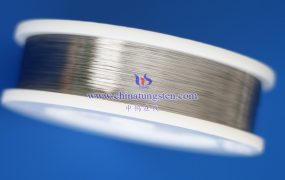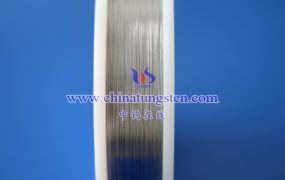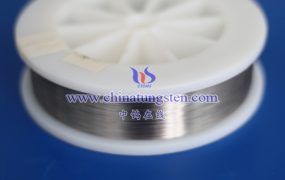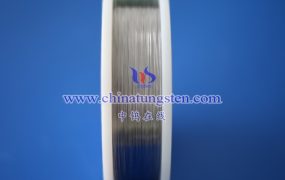The common causes of tungsten wire breakage mainly include the following aspects:
- High-temperature evaporation and thinning
Principle: When the tungsten wire is working in the bulb, the temperature is very high, usually reaching 2500~3000°C. Although the melting point of tungsten is extremely high (about 3422°C), at such a high temperature, the tungsten wire will still evaporate slowly, and tungsten atoms will gradually escape from the surface of the tungsten wire and diffuse into the inside of the bulb.
Impact: This evaporation process causes the tungsten wire to gradually become thinner and the structure to become weaker, which may eventually cause the tungsten wire to break. At the same time, as the tungsten wire evaporates, tungsten atoms are deposited on the inner wall of the bulb, causing the inner wall of the bulb to become black, which not only affects the brightness of the bulb, but also reflects the loss of the tungsten wire.
- Thermal stress and metal fatigue
Principle: Every time the bulb is lit and extinguished, the tungsten wire will undergo a process of heating and cooling, causing it to expand and contract continuously. This process will produce thermal stress, especially in the thinner areas of the tungsten wire.
Impact: Repeated thermal expansion and contraction will cause metal fatigue and eventually cause fracture.
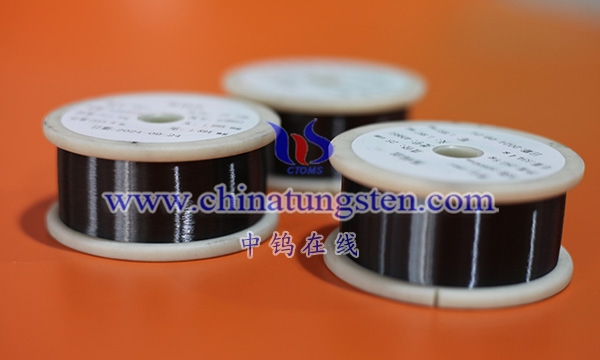
- External vibration and impact
Principle: When the bulb is subjected to external vibration or impact, the tungsten wire may break due to its high brittleness. In particular, when the bulb is powered on, the tungsten wire has been heated to a fragile state, and sudden impact is more likely to cause damage.
Impact: External physical impact may cause the tungsten wire to break at the stress concentration point or fragile area.
- Oxidation reaction
Principle: Although the interior of incandescent bulbs is usually filled with inert gas (such as argon) or evacuated to prevent tungsten wire oxidation, if the bulb is not sealed well and outside air enters the bulb, the tungsten wire will react with oxygen to form tungsten oxide.
Impact: The melting point of tungsten oxide is much lower than that of tungsten, which will accelerate the loss of tungsten wire and eventually cause it to break.
- Current fluctuation
Principle: Unstable current or voltage fluctuations may also affect the life of the bulb. If the current is too high, the temperature of the tungsten wire will rise faster, thereby intensifying the evaporation and damage rate of the tungsten wire.
Impact: Current fluctuations may cause local overheating of the tungsten wire, accelerate its evaporation and thinning process, and thus shorten the life of the bulb.
More details of tungsten wires, please visit website: http://tungsten.com.cn/tungsten-wires.html
Please contact CHINATUNGSTEN for inquiry and order of tungsten needles:
Email: sales@chinatungsten.com
Tel.: +86 592 5129595

